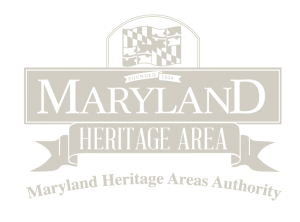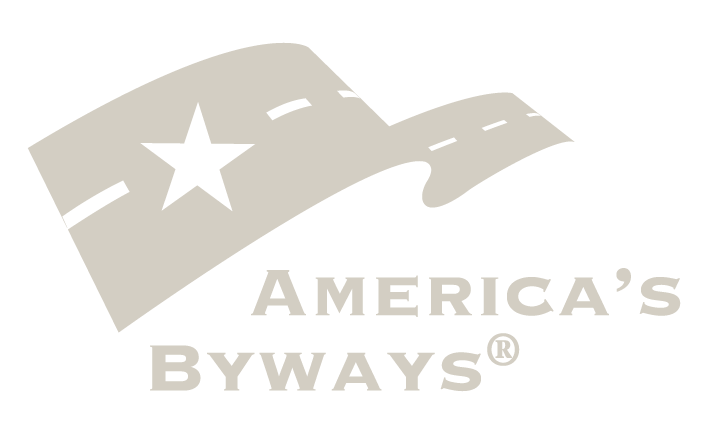CITY OF FREDERICK CONSIDERS MOVE OF HISTORIC JUG BRIDGE DEMIJOHN MONUMENT
March 21, 2014
For over 130 years, from 1808 to 1942, a very unique stone arch bridge carried everything from horse and buggy, Civil War troops, and finally automobiles over the Monocacy River just east of Frederick. Then suddenly, the bridge collapsed into the river on March 3, 1942. The bridge consisted of two 65 foot span carried over four arches. The most unique feature of the Monocacy Bridge was the jug shaped stone demijohn on the east banks of the Monocacy River.
The Monocacy Bridge was where Marquis de Lafayette was greeted by Fredericktonians in December 1824.
There are countless mentions of the demijohn throughout the Civil War, but the most significant is on July 9, 1864 after the Battle of Monocacy when Union troops stationed at Jug Bridge held on long enough for retreating soldiers in General Lew Wallace’s command to reach the Baltimore-Frederick Turnpike and escape capture by Confederate General Jubal Early. 2014 marks the 150th anniversary of this battle.
Thousands of historians, Civil War buffs and visitors will converge on Frederick this year to visit the battlefield, the Jug Bridge monument and other notable sites related to the July 9th battle. The National Park Service, steward of a portion of the historic battlefield, is planning several celebratory events this summer to commemorate the battle.
Proposed Relocation of Monument
The monument has been relocated several times in the 20th century due to road construction and redevelopment along the MD 144 and East Patrick corridor in Frederick City. It is currently located in a small park maintained by the City of Frederick. The monument is scheduled to be relocated in the near future due to planned expansion of the Frederick Municipal Airport.
Suggested Relocation Sites:
- Public Arts Commission – group has discussed relocation to an East Patrick Street location near the final phase of Carroll Creek Park.
- Frederick Men’s Garden Club – led by Mr. Robert Robey, the group desires relocation to the traffic circle on South East Street extended and has offered to maintain landscaping at the site.
- The Maryland National Road Association and various other local, state and national preservation groups desire for the monument to remain in it’s current location. In the event it must be moved due to airport expansion, the MNRA desires the monument to be relocated at a site on the west side of Monocacy River on MD 144. The area offers several sites that are favorable to parking, safe access to view the monument and interpretive signage. Furthermore, it positions the monument closer to its original location.
The Maryland Historic National Road
The Maryland National Road is part of a six-state All-American Road, National Scenic Byway that spans more than 700 miles from Baltimore through Maryland, West Virginia, Pennsylvania, Ohio, Indiana and Illinois to East St. Louis.
In 1806, Congress authorized the establishment of a road running from Cumberland, Maryland to the Ohio River. This National Road (alternately referred to as the National Turnpike, Cumberland Road, or Cumberland Turnpike) facilitated America’s westward expansion and would eventually extend to Vandalia, Illinois.
The new road from Cumberland to Wheeling inspired Maryland’s General Assembly to create a turnpike, run by private interests, connecting Baltimore and Cumberland. The Baltimore to Cumberland section was designated the Baltimore National Pike. It combined several existing turnpikes such as the Baltimore and Fredericktowne Pike, also known as Frederick Road, the Hagerstown and Boonsboro Turnpike, and the Cumberland Turnpike. Local banks financed the pike, which became known as the Bank Road.
Many of the towns traditionally associated with the National Road’s early period were actually founded in the first two decades of the 19th Century. Town development along the National Road was dominated by the Main Street model, a linear plan including a principal street and one or two parallel “back streets.” Main Street, the National Road, was the town’s commercial and residential center. Maryland has five official Main Streets on the road including Mt. Airy, Frederick, Middletown, Cumberland and Frostburg. The MNRA also recognizes Baltimore’s Inner Harbor and Ellicott City as vibrant communities on the Maryland National Road.
As trucks and automobiles evolved, so did roads and towns. Modern transportation and travel needs demanded wider, straighter and faster routes. Although the two-lane National Road still threads together Maryland’s Main Streets, sections are now disguised as U.S. Route 40, Scenic Route 40, Alternate Route 40 or 40A, MD 144 and Interstate 68.
The Jug Bridge monument stands as one of the few remaining landmarks on the Maryland Historic National Road, an All-American Road and National Scenic-Byway.
What is an All American Road, National Scenic Byway?
The National Scenic Byways Program is part of the U.S. Department of Transportation, Federal Highway Administration. The program is a grass-roots collaborative effort established to help recognize, preserve and enhance selected roads throughout the United States.
To receive an All-American Road designation, a road must possess multiple intrinsic qualities that are nationally significant and contain one-of-a-kind features that do not exist elsewhere. The road or highway must also be considered a destination unto itself. That is, the road must provide an exceptional traveling experience so recognized by travelers that they would make a drive along the highway a primary reason for their trip.
The Maryland Department of Transportation designated the Historic National Road a Maryland Scenic Byway in 1996. The Road was designated an All-American Road National Scenic Byway by the Federal Highway Administration in 2002.
The National Scenic Byways program has been the source of funds for various projects in downtown Frederick. Way finding signage, exhibits in the Frederick Visitor Center and interpretive signage for the National Road and Civil War Trails has all been successfully funded due to the existence of this significant byway corridor.
About Us
Maryland National Road Association
The Maryland National Road Association (MNRA) is a 501 (c) 3, non-profit, member based, organization dedicated to raising awareness, appreciation and respect for the natural & historic resources situated along the Maryland Historic National Road and to encourage visitors to experience the recreational, cultural and educational opportunities that lie in the villages, towns, cities and countryside of the Nation’s first publicly funded interstate highway and All American Road.
Maryland State Highway Administration Scenic Byways Program
Maryland’s Scenic Byway program assists communities to enhance the quality of life and pride as well as visitor appeal by identifying and promoting as well as encouraging the responsible management and preservation of the state’s most scenic, cultural and historic roads and surrounding resources.
Over the past twenty-five years, the Maryland State Highway Administration’s Scenic Byways Program has worked collaboratively with its sister agencies and programs along with support from the Federal Highway Administration’s National Scenic Byway Program to establish and develop the program into a system of byways that are linked together to create distinctive travel destinations throughout the state.

Today, the program assists groups like the Maryland National Road Association with sustaining the qualities that make these routes worthy of the experience – by all modes of travel. Today’s byways provide an opportunity for communities to showcase their history and culture, to preserve and conserve their setting, and to provide opportunities for economic development based on that history or culture by offering opportunities for people to stay and linger and learn about our history and culture.
Please send a letter of support or comments to:
Tiffany Ahalt, Byway Manager
Maryland National Road Association
Tiffany@nationalrdfoundation.org/mnra or (240) 626-0963 Mobile


